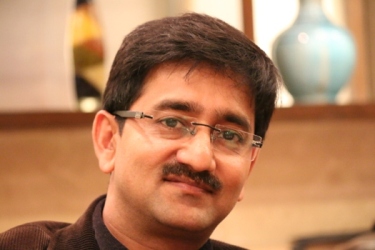A world beyond the grid is becoming a reality in India
Sunil Misra, as Director-General of the Indian Electrical and Electronics Manufacturers Association (IEEMA), has an inside track on the country’s renewables challenge. He speaks to ‘India Investment Journal’ on what gives India an edge in this sector and how the 175GW target for renewable electricity generation by 2022 is on course. What are the main factors behind a surge in India's electrical industry sector? India has seen significant and continued growth in its GDP and per capita income. There has [...]






